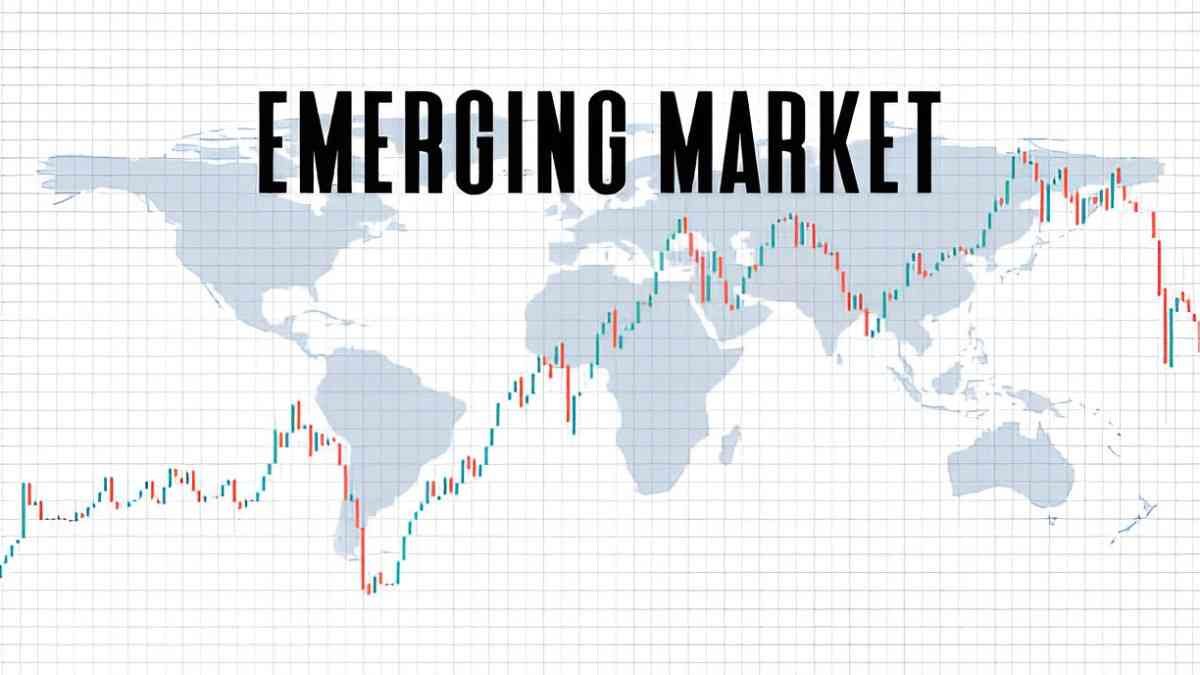Introduction
Investing in emerging markets offers high growth potential, but it comes with elevated risks. Active managed mutual funds aim to navigate these complexities by leveraging professional expertise. In this article, I explore how active management works in emerging markets, its advantages over passive strategies, and key considerations for US investors.
Table of Contents
Understanding Active Managed Mutual Funds
Active managed mutual funds employ portfolio managers who make deliberate investment choices to outperform a benchmark index. Unlike passive funds that track an index, active funds rely on research, economic forecasts, and market timing.
Key Features:
- Stock Selection: Managers pick stocks based on fundamental analysis.
- Sector Rotation: Shifts allocations based on economic cycles.
- Risk Management: Uses hedging and diversification to mitigate volatility.
Why Emerging Markets?
Emerging markets (EM) include countries like China, India, Brazil, and South Africa. These economies grow faster than developed ones but face higher political, currency, and liquidity risks.
Growth Potential
The IMF projects EM GDP growth at 4.9\% for 2024, compared to 1.6\% for advanced economies.
Risks to Consider
- Currency Fluctuations: Exchange rate swings impact returns.
- Political Instability: Policy changes can disrupt markets.
- Liquidity Constraints: Thin trading volumes increase volatility.
Active vs. Passive in Emerging Markets
| Factor | Active Funds | Passive Funds |
|---|---|---|
| Performance | Potential to outperform benchmarks | Matches benchmark returns |
| Cost | Higher expense ratios (~1.2%) | Lower expense ratios (~0.2%) |
| Flexibility | Adjusts to market conditions | Fixed holdings |
| Risk Management | Can reduce exposure to downturns | Fully exposed to market swings |
Active funds justify higher fees if they generate alpha (\alpha = R_p - R_b), where R_p is portfolio return and R_b is benchmark return.
Performance Analysis
Case Study: Comparing Two Funds
Consider two funds investing in EM equities:
- ABC Active EM Fund (Expense Ratio: 1.3%)
- 5-year annualized return: 10.5\%
- Benchmark return: 9.0\%
- Alpha: 1.5\%
- XYZ Passive EM ETF (Expense Ratio: 0.2%)
- 5-year annualized return: 9.0\%
Despite higher fees, the active fund delivered better risk-adjusted returns.
Key Strategies in Active EM Management
1. Bottom-Up Stock Picking
Managers analyze financial statements, competitive advantages, and management quality.
Example: A fund overweighting Taiwan Semiconductor (TSMC) due to its strong moat in chip manufacturing.
2. Macroeconomic Positioning
Adjusts allocations based on interest rates, inflation, and GDP trends.
Calculation:
If a country’s real interest rate (r = i - \pi) rises, bonds become attractive.
3. Currency Hedging
Reduces FX risk by using forward contracts.
Example:
A US investor in Brazilian stocks hedges BRL/USD exposure to avoid depreciation losses.
Challenges in Active EM Investing
- Higher Costs
- Trading fees, research expenses, and management fees erode returns.
- Manager Risk
- Poor decisions lead to underperformance.
- Regulatory Hurdles
- Some EMs restrict foreign ownership.
Are Active EM Funds Worth It?
Pros:
- Potential for higher returns.
- Better downside protection.
Cons:
- Not all funds beat benchmarks.
- Requires careful due diligence.
How to Select an Active EM Fund
- Check Track Record
- Look for consistent alpha generation over 5+ years.
- Analyze Fees
- Avoid funds with expense ratios above 1.5\% unless justified by performance.
- Assess Risk Metrics
- Sharpe Ratio (\frac{R_p - R_f}{\sigma_p}) should be above 1.
Final Thoughts
Active managed mutual funds in emerging markets offer a strategic way to capture growth while managing risks. While they come at a higher cost, skilled managers can add value through selective stock picking and macroeconomic insights. For US investors, diversification across EMs and a long-term horizon remain critical.





